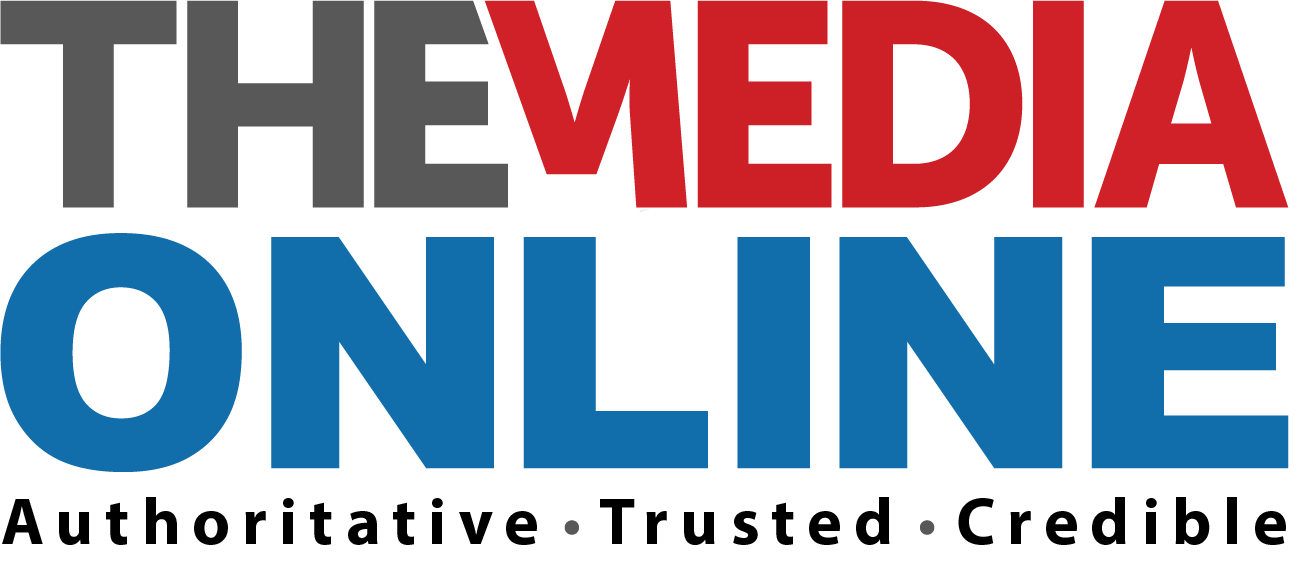Juan Antonio Giner, the founder of an international media consulting group, examines how the newspaper business has changed and why today this change is faster and more promising than ever.
The 1980s advertising boom: from gluttony to complacency
Newspapers in the United States were making lots of money, and chains like Gannett were buying dozens of local family-owned newspapers and launching the country’s first general-interest national newspaper, USA Today.
In Europe, newspapers didn’t have competition from private television stations and print publishers were ruling the information and advertising markets.
In the rest of the world, except Japan where newspaper readers still used to buy three daily editions, Asia, Africa or Latin America were not premium markets for newspapers as wars and financial crises kept these countries in constant turmoil and only a few traditional publishing houses survived, delivering good papers in limited quantities to the elites.
The first signs of trouble came from broadcasting competition as increasing numbers of private TV channels started to nibble at the first world advertising pie, and, more importantly, new media buying companies started to buy and sell media slots in large chunks, driving down advertising rates, while offering cheap spots to reach huge audiences on television, draining money away from newspapers. LIFE magazine was one of the early print victims of the growing influence of television in the US.
Having succeeded with television block-buying, some of these media buyers then turned their attention to print, and magazines and newspapers became addicted to selling big advertising blocks to these media planning companies at reduced rates.
But as advertising remained a big source of revenue, many newspapers became multi-section products in order to offer more space for ads, especially in the US where the advertising/news split was 70/30, and profits came 90% from advertising and 10% from circulation.
The big lesson from the 1980s is clear: newspapers were still the main source of information for the public, and advertising was able to pay for journalism and the proverbial ‘three Martini’ lunches. But there was too much gluttony and greed, so arrogance and complacency set in to threaten the future of newspapers. Even though they did not all provide great editorial content, they were still the major news gatekeepers.
The 1990s online revolution: from denial to awareness
In 1993 a seminal meeting about the media landscape was held at Harvard University. It was attended by almost 100 publishers and editors from more than 30 countries who heard about a new internet media revolution. At the time, there were only 200 websites around the world. Today we have over 200 million.
The message was clear: “You’d better adjust or adapt or risk becoming obsolete.”
INNOVATION International Media Consulting Group’s mantra then urged newspapers to shift from media companies to information engines. “You are not in the print and paper business,” we told publishers, “but in the news and advertising business. Platforms are irrelevant, content must rule and good journalism is, and must be, a good business.”
Many publishers and editors were sceptical about the online challenge and slow to react. When they did, in many cases several years later, they tried to conquer the new media landscape with new subsidiaries, separate companies, independent newsrooms and disintegrated management.
Some of the world’s leading general management consulting companies were advising our clients that the internet was a new medium, and therefore the only way to fight the online revolution was to create new media companies.
Their internet bubble gospel was simple: don’t worry about readers paying for new channels of editorial content, just add millions of readers at virtually no cost (you don’t need to spend money for more printing presses, or new newsprint or expand your physical distribution of the news)and very soon advertising companies will pour money into your coffers.
Unfortunately costs became huge and advertisers didn’t join this rush to nowhere. So the same management consultants and digital gurus pulled crazy new rabbits from the same magic hat: forget about expensive editorial content, they said, and concentrate on controlling access to the internet like the telecommunications companies did in the past, and make money in the transaction business, trying to sell almost everything… except your editorial content.
All this was happening at the same time that the quality and prestige of newspapers was improving thanks to new technologies and the afterglow of dramatic investigative reporting in the late 1960s and early 1970s, including the work of The Washington Post on the Watergate cover-up and The Sunday Times in London exposing the Thalidomide scandal.
New full colour printing presses were producing better quality newspapers (except in the US where black and white was still the standard, with the exception of USA Today) and newspaper design, photojournalism and infographics were booming.
The 2000s crises: from greed to multimedia integration
The internet bubble ended with big losses and sad lessons: if you are a news publisher you’d better protect your core business and ignore all this digital new gold rush craziness that is tearing apart your company.
News websites ended up with millions of page viewers and no money coming in. With bad design, poor navigation systems and low-quality content, they were trying to sell journalism without journalists.
This dysfunctional approach set off conflicts inside many newsrooms where ‘them’ and ‘us’– ‘print’ and ‘digital’– viewed each other as enemies. The newspaper industry became a battlefield pitting online publishers, managers, editors and reporters who proclaimed “the end of print” against the “old guard” who had to pay for all these costly experiments and was forced to cut resources in the traditional newsrooms in order to survive.
Some companies saw the light and decided that it was better to be ‘agnostic’ about platforms, with The New York Times leading the reformation, and a more integrated newsroom management approach emerged form the crisis.
This was a slow recovery and not an easy one: traditional mono-media newsrooms finally realised that they would survive only if they embraced the digital revolution to become proper, efficient and creative multimedia newsrooms mastering digital narratives that integrated words, images and audio.
Our annual ‘Innovations in Newspapers World Reports’ highlighted cases of open-space multimedia newsrooms, explaining that “integration” is not just a form of “co-operation” but an entirely new approach to journalism.
To implement this new approach successfully, three major steps were needed:
1. The design of integrated open-space multimedia news and management physical facilities.
2. The adoption of new multimedia content management systems (CMS) and
3. The implementation of new workflows built around audiences and content, rather than platforms or brands.
We believe that integration is the fastest and most effective way to cope with the challenge of the new multimedia landscape, accepting the realities of the new media platforms without compromising the journalistic integrity and commercial DNA of existing brands, moving from “paper or digital-centric” organsations to becoming “content-centric” information engines serving communities and audiences.
The 2010s social media challenge: from readers to audiences and communities
While search engines like Google posed the biggest threat to the advertising revenue of our newspapers, the biggest challenge of this new decade has been the explosive growth of social media networks, from Facebook to LinkedIn and Twitter.
Today, newspaper brands are leveraging their credibility and the quality of their journalism, acting as premium players in the new social media game, not only promoting and amplifying their news and advertising messages, but interacting with their public in a fascinating and 24/7 global conversation. By integrating their resources they are meeting the new challenges that face the industry, while sticking to traditional values of editorial integrity and accountability.
A few years ago, the former CEO of Google, Eric Schmidt, told American newspaper editors that the future lay in mobile media, and now the Apple iPad and its competitors are providing editors with a new platform on which to produce, edit, design and distribute news and advertising content. Print newsrooms must understand that morning, afternoon and evening editions on tablets can be allowed to, and inevitably will, cannibalise the old and outdated traditional morning editions on paper. Something similar is happening with the ubiquitous spread of smart phones that frantically deliver the latest news around the clock.
We believe that these new platforms – tablets and smart phones – will forever end the old fashioned media concepts of prime time and morning/afternoon news cycles, because today we are in prime time all the time.
This means that print newspapers will survive only if they change their content, editorial and graphic formulas in a very dramatic way. Also, newsrooms need to deliver more than yesterday’s news on paper, instead to offer a new kind of tomorrow-orientated newspaper that makes itself indispensable.
If newspaper companies embrace and confront these new challenges without fear; if newsrooms do not merely report the news but go out and find it, and then edit and report it through all these new formal and informal multimedia channels; and if publishers and managers understand that this is going to be a new golden era for our industry, then they will be able to transition from a business that values profits and good journalism to a business where good journalism is the business. n
is the president of INNOVATION International Media Consulting Group and this article is an excerpt from ‘Innovation in Newspapers 2012 World Report’, a publication commissioned annually by the World Association of Newspapers and published by Innovation Media Consulting.














